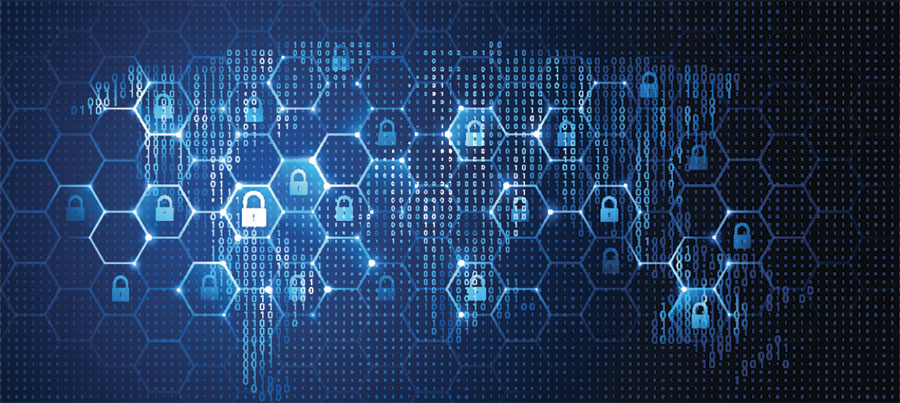Test Altospam’s solutions!
Thousands of companies, CTOs, CIOs, CISOs and IT managers already trust us to protect their e-mail against phishing, spear phishing, ransomware, …

While the primary vocation of security software publishers is to protect our computer systems, the aim of hackers is to do everything in their power to stay one step ahead. The botnet is still with us, despite the evolution of security solutions on the market. By learning more about it, users will be able to relax when this threat looms.
The botnet is above all a relay. It consists of hundreds, if not thousands, of infected computers in all parts of the globe. Zombie machines are difficult to eliminate because of their large numbers. The botnet primarily targets users who do not regularly update their anti-virus and anti-spam software. The special feature of this malicious network is that all affected computers can be manipulated remotely. Hackers wait until they have accumulated the required number of machines before carrying out their cyber-attack. They are able to carry out many kinds of nefarious activities with the botnet.
The botnet is primarily used to send spam. Within minutes, they will land on the e-mail addresses of a large number of users on the spammers’ list. Spam affects many business sectors, including finance and healthcare. At the same time, they carry several computer threats such as viruses and phishing. Several anti-spam solutions are currently on the market to block the way to these malicious messages.
Identity theft is also common in botnets. Hackers are able to collect users’ personal data by creating a dummy site for their bank or administration, for example. The information usually collected is name, date of birth, address, credit card secret code, e-mail address and user account password. To better protect themselves, users will have to restrict the personal data they post on the Internet.
By transmitting malware via a botnet, the hacker aims to damage the Internet user’s computer system. The most common types of malware are worms and viruses. They can be transmitted from one IT infrastructure to another via the Internet, e-mail, websites, USB storage devices, MP3 players or cameras. To stop the invasion of malware, the use of a digital signature is strongly recommended, so that the content of an e-mail and its origin can be authenticated.
A denial-of-service attack is also possible with a botnet. Once the zombie computers have exhausted all their resources and accomplished all their misdeeds, the hackers use this system to destroy them.
The fight against botnets is an ongoing war for countries all over the world. Despite the sanctions imposed on hackers, the cyber-attack rate remains high. Only vigilance and the use of good security software will enable users to better protect their computers against cyber-attacks.
Test Altospam’s solutions!
Thousands of companies, CTOs, CIOs, CISOs and IT managers already trust us to protect their e-mail against phishing, spear phishing, ransomware, …